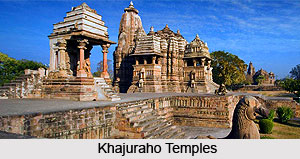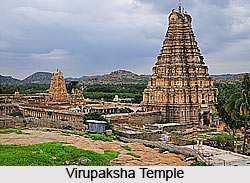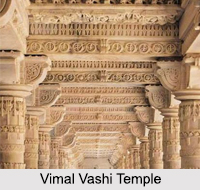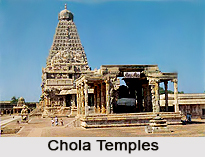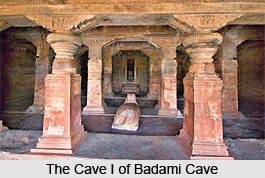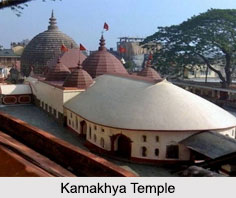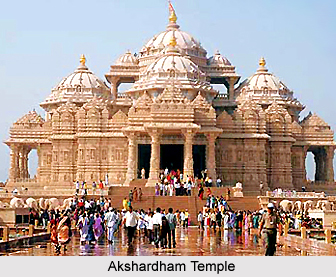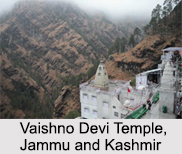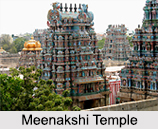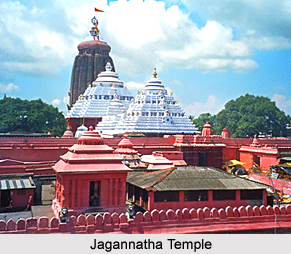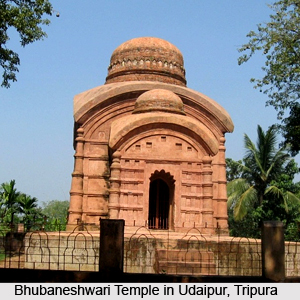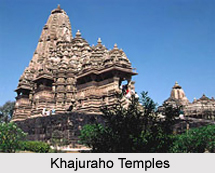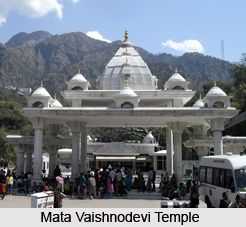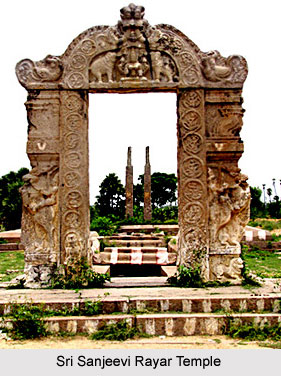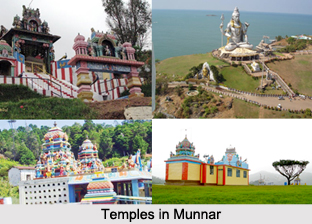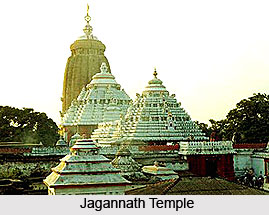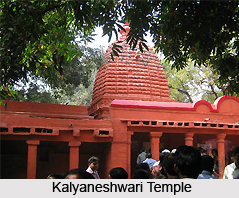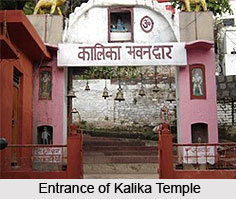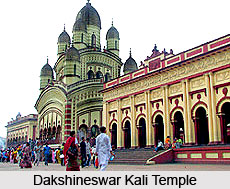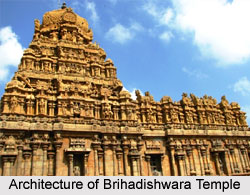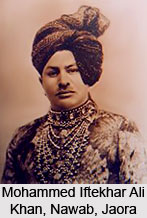 History of shrine of Hussain Tekri varies amongst several families and religious communities and there exists an interesting tale which is always considered crucial to the establishment of this Islamic shrine. The shrine is existent in Ratlam District in Madhya Pradesh. The city of Jaora which was the capital of Malwa was controlled by Nawab Mohammed Iftekhar Ali Khan about 135 years ago. As he was greatly attached to his own city Jaora, he used to have it cleansed twice everyday.
History of shrine of Hussain Tekri varies amongst several families and religious communities and there exists an interesting tale which is always considered crucial to the establishment of this Islamic shrine. The shrine is existent in Ratlam District in Madhya Pradesh. The city of Jaora which was the capital of Malwa was controlled by Nawab Mohammed Iftekhar Ali Khan about 135 years ago. As he was greatly attached to his own city Jaora, he used to have it cleansed twice everyday.
Once, the 10th Muharram known as `Ashura` as well as the Hindu festival of `Ram Navami` coincided on the very same day, and unfortunately both the communities had processions on foot. The Muslims would have to carry their holy `Taziyah` on their shoulders and move about the city in commemoration of Hazrat Imam Hussain. A group of Ram Leela artists had to travel to different places for the enactment of various scenes from the epic Ramayana. As Jaora was ruled by a Muslim Nawab, the Hindus were ordered to hold their journey till the Muslim troops completed their procession. Jaora is present in Malwa, which is extensively covered by deserts which witness extremely chilly nights and the Taziyah carriers were soon tired of its weight, more so due to the chilly evening temperatures. They required about 50 or 60 people to help them carry it as it was very heavy and so they were forced to wait and stall their journey, and they waited in front of a bonfire. However, this delay in the action of Muslims automatically delayed the procession of Hindus which led to arguments between the two groups. Some people visited the Nawab and expressed the complication which had arisen, to which the Nawab ordered the Hindus to march ahead promptly.
After covering some distance, the Hindus observed that the heavy Taziyah was floating in the mid-air, to a height of about 2 metres and was proceeding slowly in a direction.
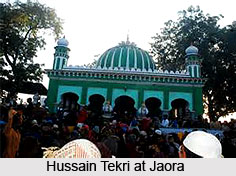 They immediately rushed to convey this astonishing news to the Muslim troops who came running to the spot and were shocked by the miraculous sight. While some of them fled from the spot while others waited to witness the scene, curious to learn where the Taziyah was going. The Taziyah stopped moving after moving a short distance. The people who were carrying the Taziyah waited till dawn and then they informed the entire incident to the Nawab. The region where the Taziyah came to rest is termed as `Bazaar Mandi` which is situated in Jaora city. A structure was built to provide shelter to the Taziyah.
They immediately rushed to convey this astonishing news to the Muslim troops who came running to the spot and were shocked by the miraculous sight. While some of them fled from the spot while others waited to witness the scene, curious to learn where the Taziyah was going. The Taziyah stopped moving after moving a short distance. The people who were carrying the Taziyah waited till dawn and then they informed the entire incident to the Nawab. The region where the Taziyah came to rest is termed as `Bazaar Mandi` which is situated in Jaora city. A structure was built to provide shelter to the Taziyah.
The next dawn, when the Nawab learnt of the event he not appear amazed for he had experienced a similar dream the last night in which he was visited by a holy entity whose face was bathed in sunlight. The Nawab was then reminded of this dream wherein he was asked to create a boundary in the jungle which had been selected by the entity. He was asked to demarcate the area distinctly, especially the chosen area in the jungle which was fragrant with the fragrance of musk. Some Islamic scholars were called after which the dream was discussed by the Nawab, who was advised to go ahead with whatever he was told to do in his dream. The Nawab of Jaora did as he was suggested, with great care.
During the same night a similar dream was witnessed by a leather merchant known as Mohammed Ismail who had a business in Mumbai. In his dream he saw a sacred face, illumined with the rays of `Noor` which instructed him to erect two shrines within a boundary which was made in the forest on the outskirts of Jaora. At the middle of the boundary was present a gradient or `Tekri` and inside it the shrine of Imam Hussain would have to be constructed by him as per the dream. A fountain existed close to the boundary and the holy man asked him to erect the shrine of Hazrat Abbas Alamdaar near that place. The merchant replied to the man that he did not possess sufficient finances to go about the task assigned to him to which he was replied that he would soon incur profits from a consignment. He soon was granted a grand consignment from Surat which made him wealthy overnight as he made large profits.
 He soon forgot everything about the holy dream and was visited by a boy one day while he was working in his office. The boy walked into his cabin and reminded him of his dream, and before leaving added that he would lose all his accumulated wealth if he did not pay heed to the dream. Mohammed Ismail was confused and kept guessing how the boy came to know about his dream. When he went outside his cabin and asked his peon as to where the boy had gone the peon told him he had not seen anybody entering or departing from his room. Therefore Ismail was convinced it was a warning and immediately went to Jaora on the very same day.
He soon forgot everything about the holy dream and was visited by a boy one day while he was working in his office. The boy walked into his cabin and reminded him of his dream, and before leaving added that he would lose all his accumulated wealth if he did not pay heed to the dream. Mohammed Ismail was confused and kept guessing how the boy came to know about his dream. When he went outside his cabin and asked his peon as to where the boy had gone the peon told him he had not seen anybody entering or departing from his room. Therefore Ismail was convinced it was a warning and immediately went to Jaora on the very same day.
Ismail Mohammed had built both the shrines within five years and had also erected a guest house known as Raj Mohammed Sarai. The event occurred on the 10th day of Muharram and on the same day Hazrat Imam Hussain had accepted martyrdom. Therefore this place is also called `Hussain Tekri`.
